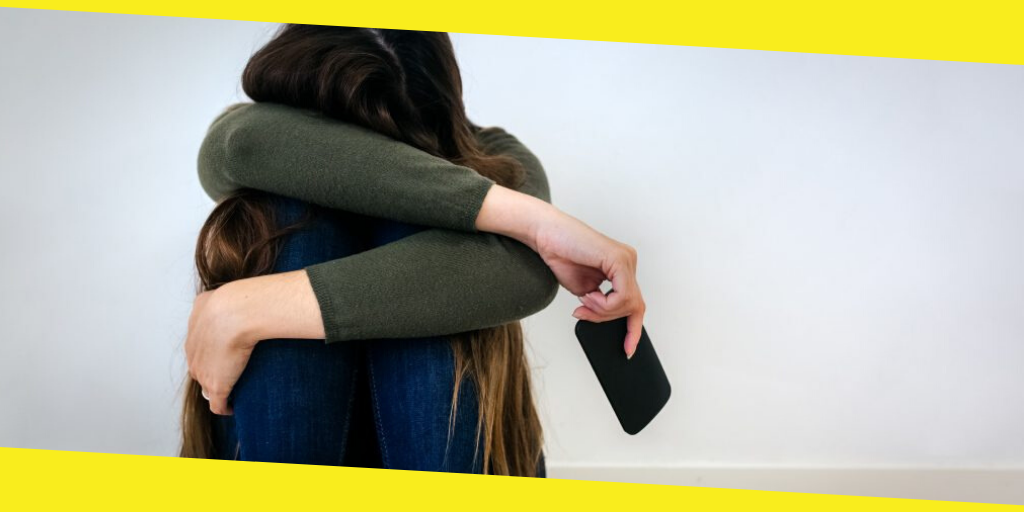
Social media is a powerful medium that can play an essential role in one’s life. People from all over the world this platform for different means like for entertainment, a way to deliver the thoughts, and a medium to run business. As online life keeps on assuming a focal job in the lives of immature young ladies and young ladies, its impact on self-perception and the view of magnificence keeps on developing. Online networking not just opens little youngsters to specific excellence gauges and social beliefs of womanhood, however rising exploration shows it might add to the improvement of dietary problems and body dysmorphia in females just as guys.
According to th past reports, around 20 million American ladies and 10 million American men will encounter a dietary problem sooner or later in the course of their life, and an enormous extent of those influenced are young people and youngsters. The more significant part of adolescent young ladies and around 1/3 of high school young men participate in dietary problem practices, for example, crash eating less junk food, taking eating routine pills or diuretics, and self-actuated spewing.
How social media negatively affect body image
Media pictures had since quite a while ago assumed a job in the improvement of dietary problems. The research examines as far back as the 1980s and 1990s showed that the diminishing load of design models, on-screen characters, and Miss America hopefuls between the 1950s and 1990s added to an expanded error between the perfect female weight and the size and extents of the normal American lady at that point.
From history
In the past decades, both the excellence and diet businesses overflowed ladies’ magazines, notices, and different types of media with celebrated slenderness beliefs. They significantly underscored their significance, understanding disappointment with their bodies. Overviews led in the mid-1990s uncovered that the main wish of little youngsters ages 11 to 17 was that they could get in shape and keep it off. So also, when moderately aged ladies were asked what they might most want to change about their lives, over half reacted with “their weight” as the appropriate response.
Social media and body image
Social media and body image are run parallel, Although developing information and consciousness of this marvel, the job of media in body disappointment, body dysmorphia, and dietary issues have not changed throughout the years. Unexpectedly, internet-based life may have a more negative effect than different types of media as it assumes a bigger job in the everyday lives of youth. Little youngsters not just need to manage the typification of popular ladies’ bodies in the media, yet their bodies, just as those of their companions, are frequently dependent upon generalization through the presenting of what’s gone ahead be known as “selfies,” a photo taken of oneself and posted via web-based networking media.
Not just has the idea of media utilization changed; however, the crowd has too. Where youth were once simply presented to their encompassing companions, they can now promptly get to the conclusions, practices, and beliefs of thousands of individuals in a split second. There are numerous online pages, gatherings, and hashtags that advance scattered eating.